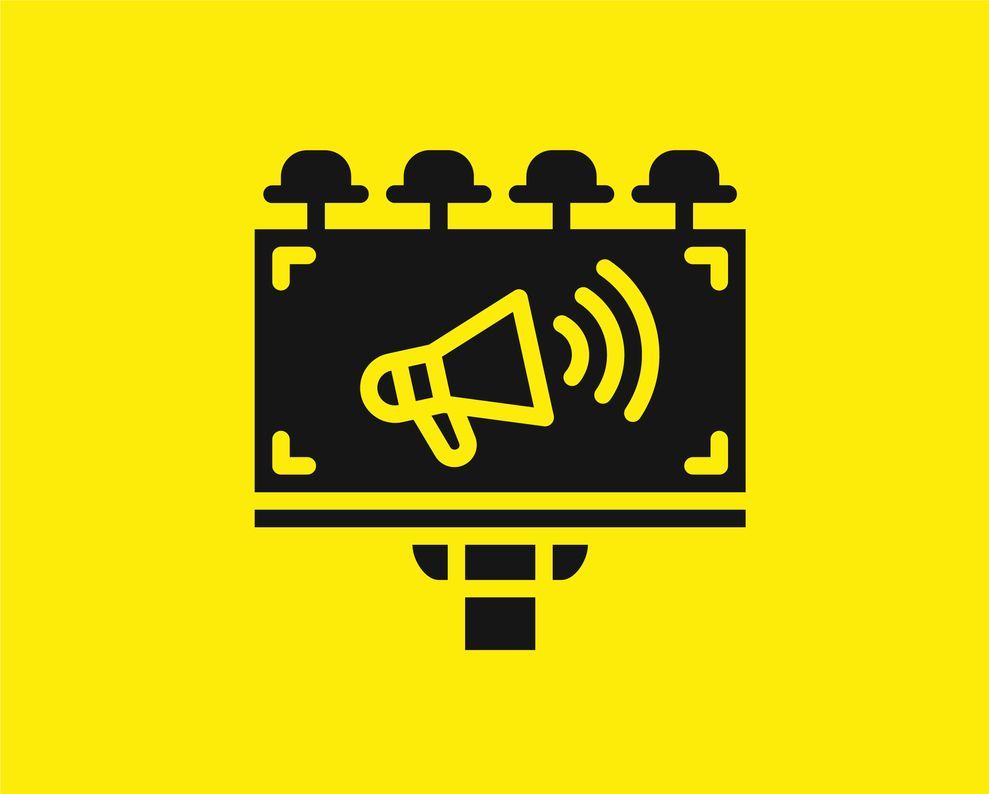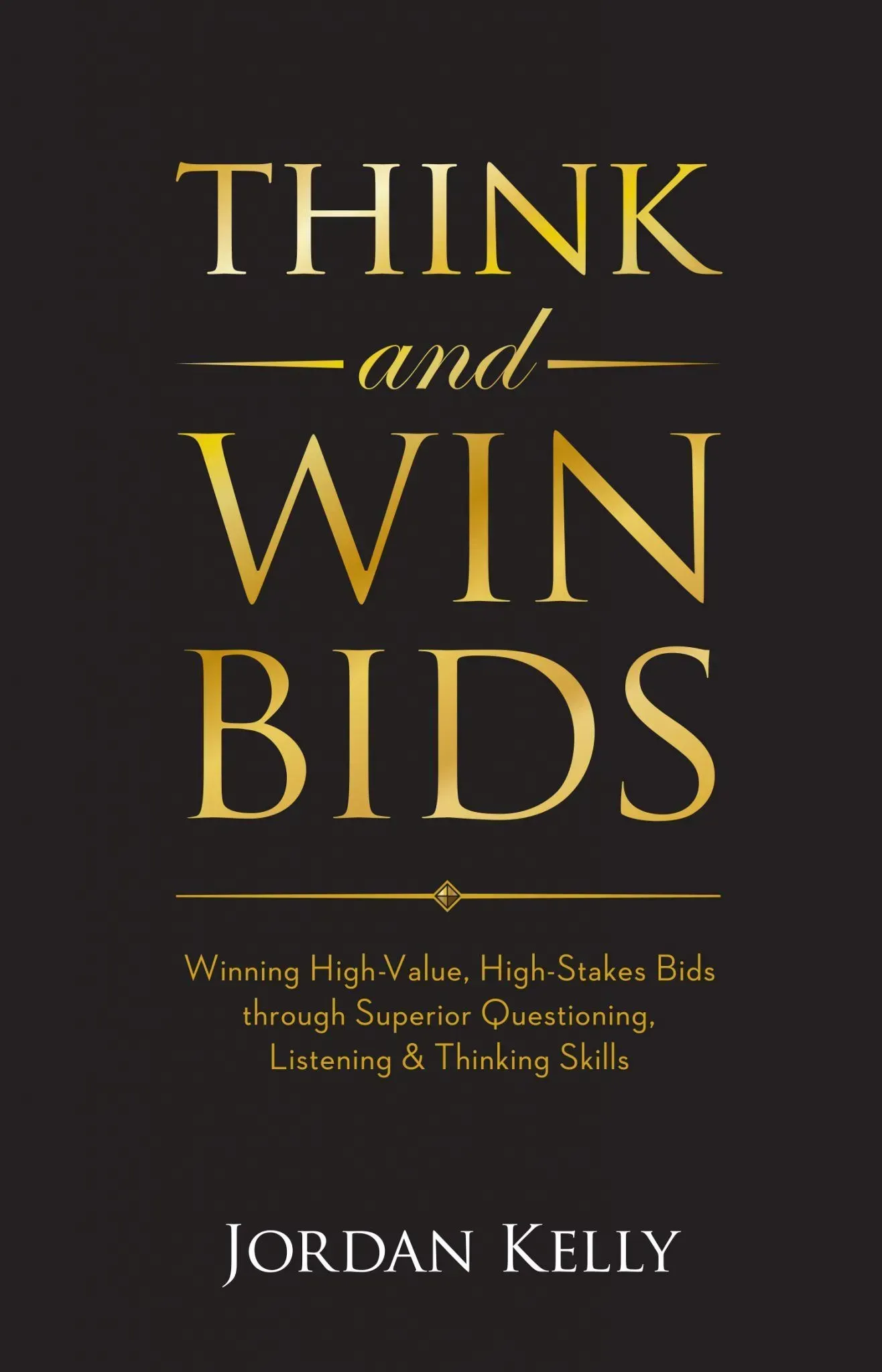CATEGORIES:

"Superior", "State of the Art", "Best of Breed", "Best Practice" . . . REALLY? Then PROVE it.
For the purposes of this discussion, let’s focus on "superior" . . . albeit these other jargony Executive Summary-fillers can be viewed similarly.
“Superior” . . . what’s wrong with it:
- It’s almost always a completely subjective self-opinion . . . unless substantiated by sufficient, detailed, context-specific proof points.
- If you think your product, service or proposed solution is “superior”, at least some of your competitors will be making the same claim about theirs. “Superior” = superior to all. So only one bidder can be correct.
If you are going to claim superiority, here’s what you need to do:
(To pull this off, you need near-absolute certainty over each competitor’s offering or proposed solution. This highlights the need for carrying out thorough competitive intelligence.)
Step 1:
Determine the definition of “superiority” in the specific context of the prospective client’s / customer’s intended deployment of your product or need for your service.
Step 2:
Break that client-context definition down into its component parts.
Example (the short version):
A civil infrastructure delivery agency needs a project completed within a challenging timeframe, with a challenging volume of earthworks and in an environment with multiple categories of challenge.
Break each one of these challenges down until they can’t be broken down any further, pairing up each challenge with the relevant element of your proposed solution.
Step 3:
Create a table in which you outline a “theoretical” scenario of all possible alternatives (which will be those you know your various competitors to be proposing).
Highlight the elements of your proposed solution in a manner that allows for ease of comparison.
Step 4:
Populate the table with the requisite hard-core, fact-based comparative measures, the accuracy of which you feel (at least near 100%) confident of. You have a slight margin for error from the perspective that you’re not openly naming your competitors . . . but it’s best not to need that margin.
(Again, this is just the short version of this process.)
The purpose of the exercise is to lay out – incontrovertibly and demonstrably – all the specific ways in which your product, service or solution is competitively superior . . . in terms of its ability to achieve the client’s objectives.
THINK AND WIN BIDS
Winning High-Value, High-Stakes Bids through Superior Questioning, Listening & Thinking Skills
(Book)
The three fundamental skills of a genuinely sharp, sustainably successful bid professional are the ability to think, listen and ask quality questions.
Furthermore, formulating successful business development and bid strategies is the process of well-directed research and thinking; not the product of tools and templates.
BID COMMANDOS
On-Target Strategy for Mission-Critical Bids

(Training Program)
BID COMMANDOS is my "blockbuster", comprehensive, 11-module training program.
It's intricately formulated to ensure your team excels at every stage of a formal bidding process . . . from the initial bid/no bid analysis, through research and intelligence-gathering, through the strategy development and documentation process, through strategic and compelling writing and competent editing, and on through the shortlistee presentation stage, right through to optimisation of client de-briefing session/s.



